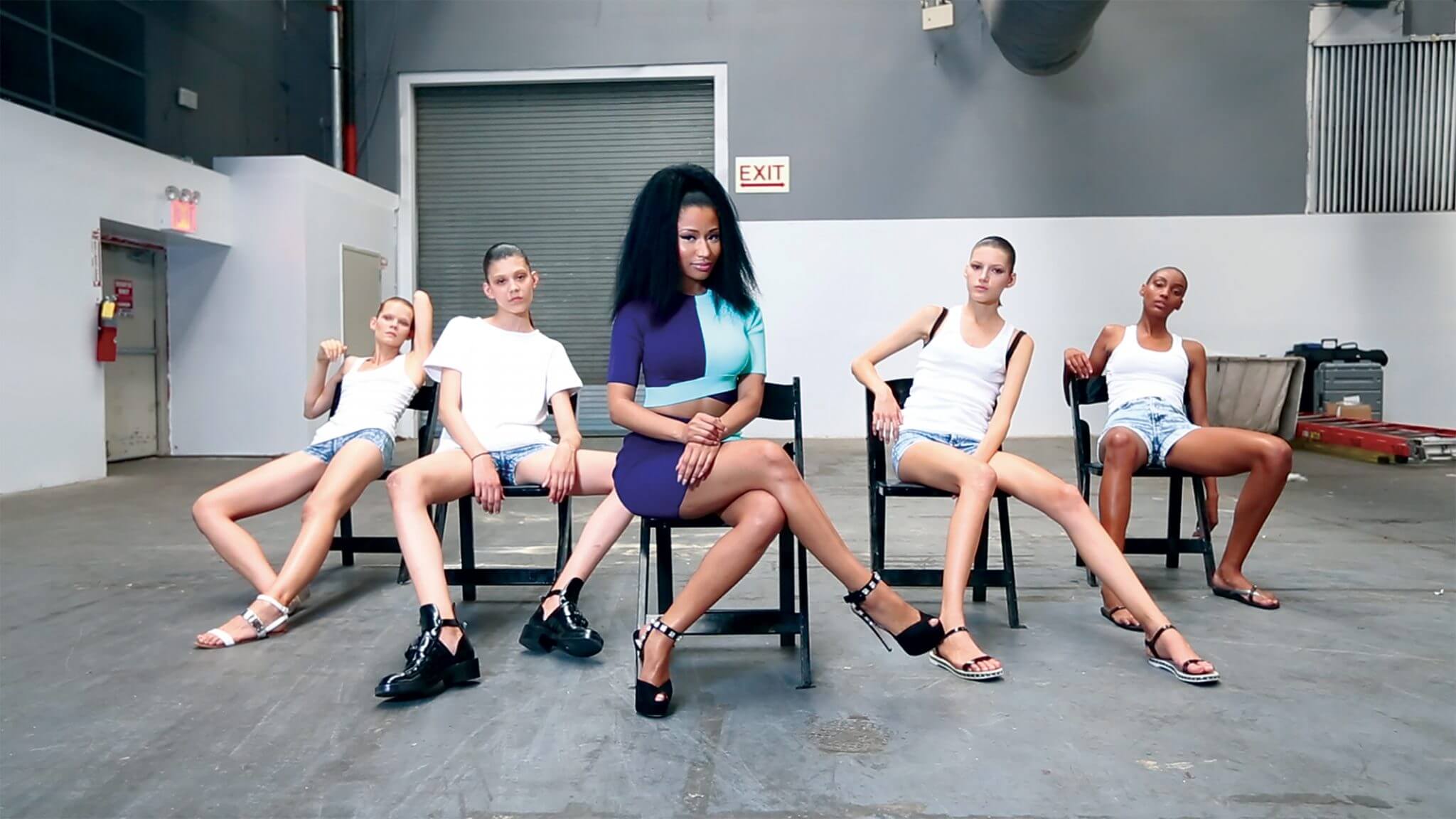
Startup fashion brands often overlook the value of videography or film production in favor of more easily measurable and easily created content. However, consumers are becoming increasingly aware of brands that present themselves strongly via digital channels. In fact, most luxury brands have begun shifting a great deal of production from traditional media to digital channels, with video being a strong component. However, video hasn’t always been a focus, as the most popular video mediums are dominated by consumer critique and open luxury to the masses, a move that might be frowned upon by more elite customers. But the wealth of commercial opportunities in social, as well as a strong desire to always present the most cutting edge digital experience to customers has created a sea change in the past three years.
With luxury brands from Burberry to Miu Miu to Yves Saint Laurent creating channels on popular platforms like Youtube and Vimeo, its paved a the way for smaller brands to learn from their mistakes and emulate their successes. In general, the entertainment value of these videos vary widely dependent on a brand’s core aesthetics, value and intended audience. Some “mass” luxury brands like Gucci and Michael Kors tend to place a higher stake on videos that have a wider appeal and more variety that just a traditional runway show recap, where more exclusive brands like Hermes and Alexander McQueen will only create content for a very elite customer.
Overall, however luxury brands tend to create video content that is one of three things in nature: accessible, aspirational or attributive ( to an extent ). Accessible videos are very commercial in nature or design, featuring strong imagery of key products from a recent collection or extremely recognizable faces that will help to connect or propel various fan bases to the brand. Aspirational videos, typically include feature films or highly creative interpretations of a single collection, targeted at building strong awareness through an equally strong message about the brand. Accessible videos also have elements of commercial. Attributive videos are just that, but still focus on a particular product or collection, such as video about a new beauty collection. Luxury brands also create a great deal of recap videos for their past fashion shows and presentations, which for the most part doesn’t fit well in any of the above categories. Attribute videos will still contain characteristics of both aspirational and accessible videosAccessible
Accessible videos make up the crux of most video content from luxury brands, attempting to show off their latest collections and / or hottest products for the new season. Accessible videos play up a strong theme and typically feature a highly recognizable face, catchy tunes or otherwise strong entertainment elements. The above video from Gucci features strong elements of an accessible video and its video view count will show its mass appeal.
Aspirational
Aspirational videos feature content that is easily interpreted as what a viewer would aspire to wear or consume. Most aspirational videos are extremely thematic, as seen in Chanel’s video above and may even be tinged with elements of fantasy, future or other slightly deviant / unrealistic elements. They key factor of an aspirational video is a strong feature on a particular item, be it a single piece of clothing from a recent collection or an exclusive custom item.
However, not all aspirational videos are quite as abstract, some feature very direct references to a particular product, be it an instantly recognizable item or something that the end consumer can easily see and understand the reference. The above video from Burberry is a great example of an aspiration video that features a highly recognizable Burberry trenchcoat.
Attributed
Attributive videos have a defining characteristic in that they are related to the brand, but focus more on an individual’s or key group’s interaction with the brand. In the above video, rising model Kate King (@kking) talks about her experiences as a model, but it centers around her relationship to modeling for Dolce & Gabbana’s latest collection. Attributed videos reason well with the end consumer as they are not always directly about a particular brand or product, but focus on a particular relationship between and individual and / or group and the brand, which is akin to a social endorsement from another influencer, but with the brand in control of the presentation.
Next week, we will examine more the reasons small brands should create similar content for their audiences, while on a budget but retaining the high quality and commercial appeal of larger brands.
Featured Image: I Like It A Lot